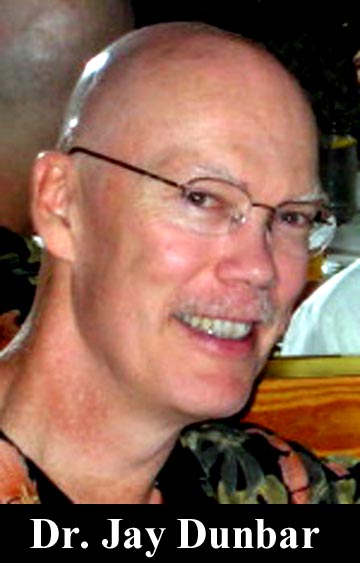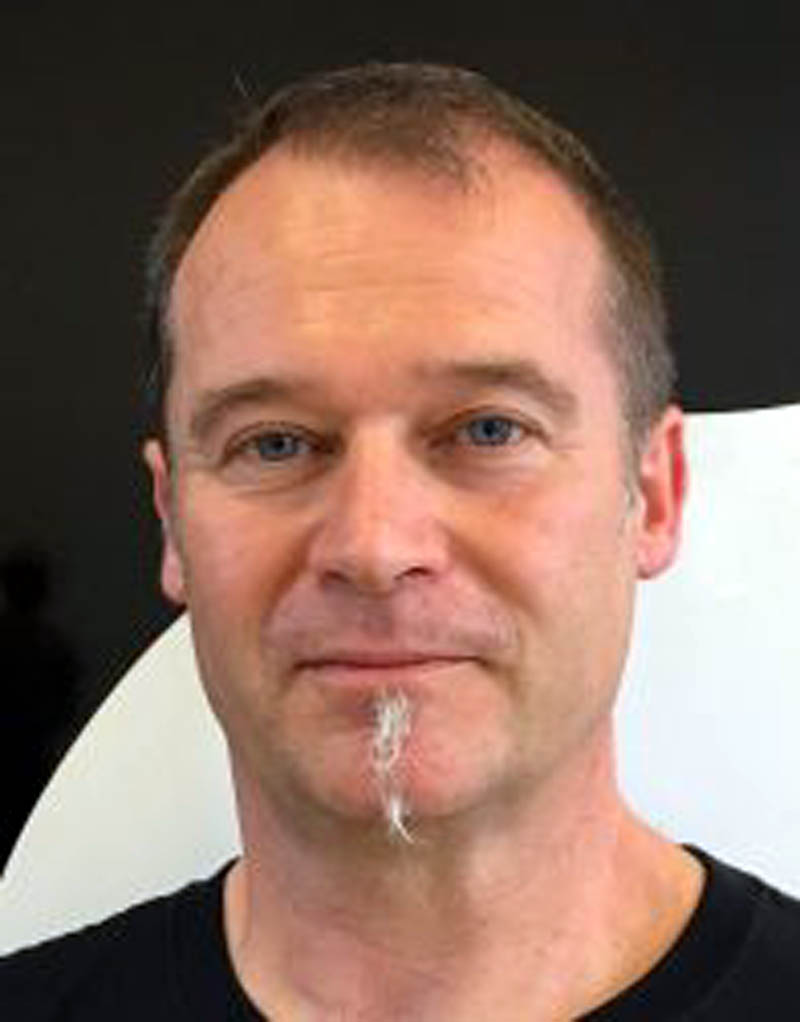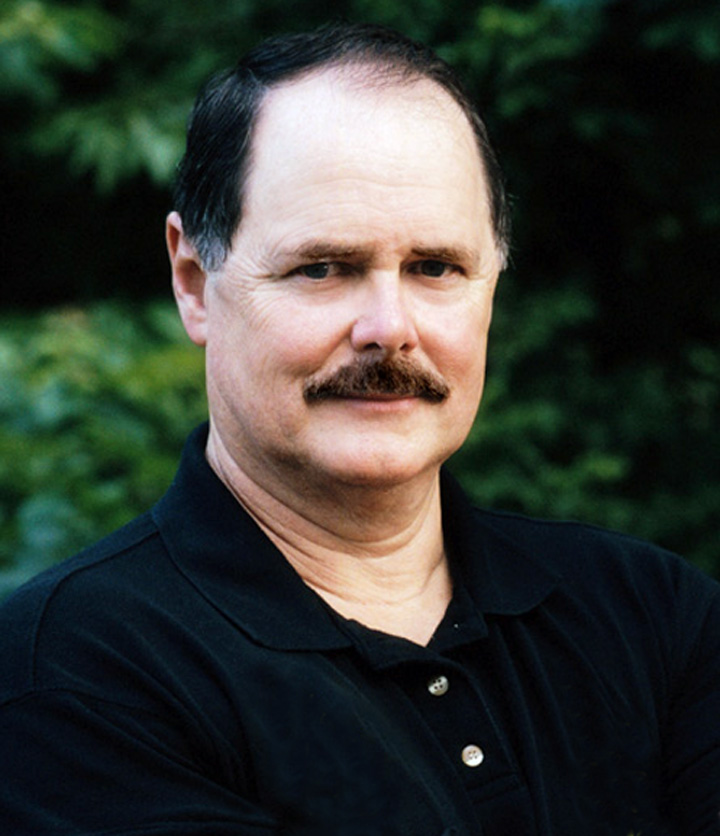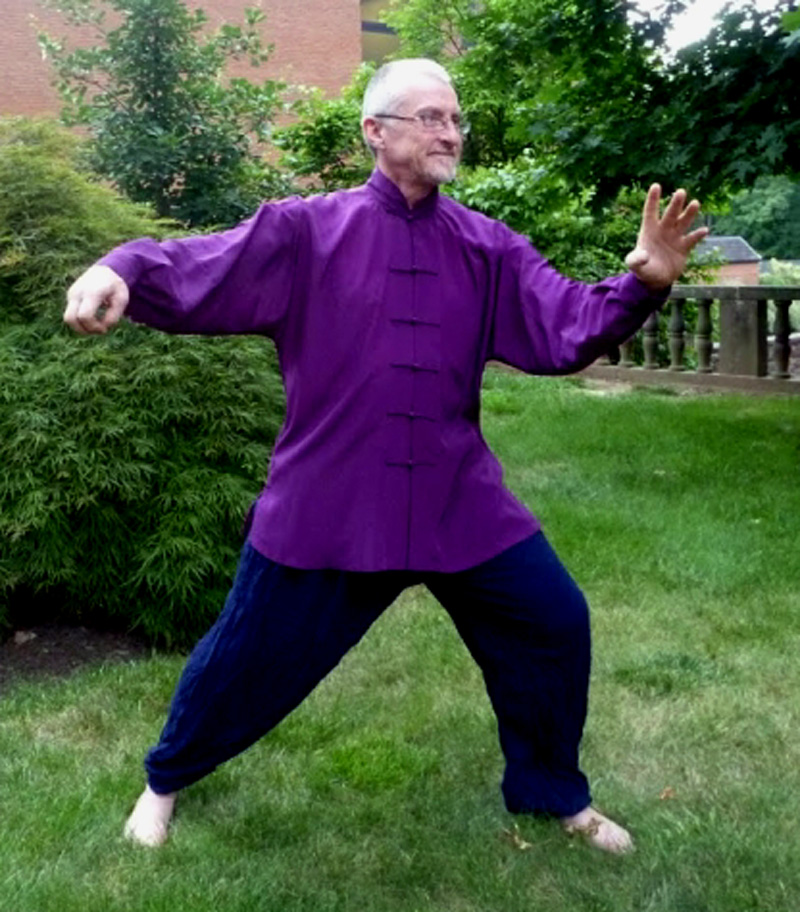Jou, Tsung-Hwa had a great influence on many people through his teaching, books and lectures, a number of whom went on to become well known in their own right as teachers of the internal arts. He was loved and revered by some and like any maverick misunderstood by a few who chose not to look closely at what he was advocating. Here are some thoughts and memories from a few who were close to him.
Dr. Jay Dunbar A Master Jou Eulogy

His yearly festival, the Zhang San Feng festival was open for all to come and share their knowledge, learn from each other and celebrate the art of Chinese martial and healing arts. This touching Eulogy by his long time student Dr. Jay Dunbar is a moving tribute to the man and his legacy.
Master Jou, Tsung-Hwa was a Chinese martial arts legend. He passed into the mist August 3, 1998 at the age of 81 in a car accident. Master Jou, Tsung-Hwa or Master ‘Joe’ as most people called him was a beloved instructor and promoter of the Chinese internal arts.
Sam Masich Remembers Master Jou and The Farm

Taijiquan instructor, author and musician Sam Masich presents “Master Jou and Me” a moving and inspiring tribute to the late Master Jou, Tsung-Hwa. Mr. Masich and Master Jou had a long running association a friendship and teacher student relationship that lasted for many years. Master Jou was both mentor, friend and teacher to many who later went on to make a name for themselves in the world of Taijiquan.
Here are fond memories of the Tai Chi Farm from Sam Masich.
Dr. John Painter Recollections of Master Jou

This video program covers recollections of the man and the Tai Chi Farm” by his long- time friend Dr. John Painter. We hope it may give you some insight into this amazing man. In this hour long video presentation, Dr. Painter presents stories, photographs and video clips of what it was like to visit “Tai Chi Camelot.” (Tai Chi Farm).
He shares personal reflections in a series of stories covering my many years spent as a close friend and confidant of Jou, Tsung-Hwa, the man who became a legend in the Tai Chi community.
Dr. Painter offers us a seldom seen personal side of this famous Taijiquan master. Please join him and get to know the man, the myth and the legend as seen through the eyes of his good friend John Painter.
David Briggs

I was invited to a new year’s celebration at the farm by Loretta. I knew this would mean sleeping in a unheated cabin in single digit temperatures but I wouldn’t have missed it for anything. After settling in, I headed down to the Zhang building (training
hall) that was decked out with food, beverages, banners, and party favors. The wood stove was crackling and music was playing while the few folks there conversed and partied.
I sat back to take it all in and I noticed Master Jou sitting to the side, oblivious to all, lost in meditation. It was then I realized it was not really his new year, the new year of the Chinese lunar calendar and that he was practicing. A little time passed and Loretta came by to place a pointy party hat on him which didn’t faze him. He didn’t stir.
We traced the Tai Chi diagram. Dantian in and the paper horn would spiral in as our bodies spiraled. Dantian out and the horn would spiral out as we rotated. I looked in the mirror and saw the most absurd yet most profound experience unfolding before me. Party hat. The odd goose-like sound of our horns as we practiced. Crazy wisdom at its finest. I got over feeling silly with his example and made a huge leap in understanding in that moment. Not only in Tai Chi movement and pre-natal breathing, but in being bold and inventive and unafraid to pursue practice no matter who watches or judges.
About David Briggs
Mr. Briggs began his martial arts journey in 1970 with Shotokan karate and continued to the rank of Sandan. He began Taijiquan in 1980 under Susannah Derosa and later Jou Tsung-Hwa at the Tai Chi farm studying Qigong and Yang and Chen Taijiquan.
He developed an accredited Taiji program at Bucks County Community College where he taught for thirty years. He has practiced Jiulong Baguazhang under Shifu John Painter and continues to practice, teach and research internal arts in southern west Virginia.
Mr. Briggs worked to help build some areas of the Tai Chi Farm and taught workshops as well as assisting John Painter in his programs. He can be reached at (215) 598-0392.
Here is Shifu Briggs explaining the exercise known as “Dragon Serving Tea” which can be applied to Baguazhang and Taijiquan for developing speed and flexibility with whole body power.
Simone Krause, Memories of Bamboo and Master Jou

It’s still 2 hours till dawnas I shuffle into the kitchen to make a cup of coffee. Yes shuffle, or that’s how my wife describes what she hears while lying in bed trying to sleepwith the noise of my slippers against the wood floor. And I always thought I was as quiet as a church mouse, using a sliding step taught to me one
summer long ago in a Ninjutsu seminar. I turn the Keurig on and hear the water starting to boil. Looking out the kitchen window, I see the neighbors’ side light casting shadows across the snowoutlining the trees and the bamboo I transplanted this year. With the unmistakable outline of it leaves it bends
gracefully. Master Jou’s bamboo I call it.
Thinking back to the mid 80’s and Master Jou, my Taijiquan teacher, I remember he was a rogue in the Taijiquan world and an outsider to most of those whose Taijiquan lineage went back hundreds of years. My mind drifts back to a mid-January morning years ago on a cold morning similar to this. I had been studying at the Tai Chi farm for about 3 yearseach Saturday and Sunday morning at 7:30 AM, rain, shine, snow, or cold of winter. Yes I know it sounds vaguely similar to the postal creed for mail delivery. We would meet and practice out in the elements to
learn this ancient art: Silk reeling, Qigong and Taijiquan, the keys to a long healthy life, internal power, and skill. Or so we hoped.
One particular morning I arrived early for class. It was still dark. I could see a light that was more of a glow through the door in the Zhang building where we would meet for class. As I walked up and opened the door, there sitting in front of a little wood stove, the glow lighting his face, was Master Jou. He looked at me and waved me in to keep warm. Not wanting to intrude on his solitude I stood just inside the door. Without even turning to look at me he patted the chair next to him, signaling me to sit down.
As I sat warming my hands in front of the wood stove, Master Jou started talking about Taijiquan’s master key. During classes I sometimes could see the frustration when his words didn’t resonate with us. He often used pine tree branches to describe Taijiquan movement, describing how they bend under the weight of snow. This time he talked about bambooand how it would bend to the weather, never breaking and how its roots spread out and continue to grow. This was how he hoped his teachings would spread, like bamboo. He turned to see other students walk through the door. As he got up to greet them, I realized that this was the only time I ever had
one on one time with my teacher.
Now, 37 years later, I often think about that morning. I still practice Taijiquan and the lessons he taught me. I look out at the bamboo I planted from the same bamboo he had planted some 38 years before. I received this from one of his later students who studied with him in the 1990’s and transplanted it to his property. He gave some of it to me as a connection to my old teacher. Bamboo is a symbol of strength, flexibility and growth. All of these I learned from practicing the things he taught me. Maybe I didn’t see the wisdom he wanted to pass onto me that morning. But now I see it . “Be like bamboo!”
